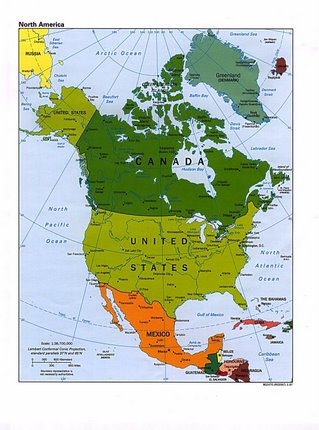
 In late 1875, Sioux and Cheyenne Indians defiantly left their reservations, outraged over the continued intrusions of whites into their sacred lands in the Black Hills. They gathered in Montana with the great warrior Sitting Bull to fight for their lands. The following spring, two victories over the US Cavalry emboldened them to fight on in the summer of 1876.
In late 1875, Sioux and Cheyenne Indians defiantly left their reservations, outraged over the continued intrusions of whites into their sacred lands in the Black Hills. They gathered in Montana with the great warrior Sitting Bull to fight for their lands. The following spring, two victories over the US Cavalry emboldened them to fight on in the summer of 1876. To force the large Indian army back to the reservations, the Army dispatched three columns to attack in coordinated fashion, one of which contained Lt. Colonel George Custer and the Seventh Cavalry. Spotting the Sioux village about fifteen miles away along the Rosebud
one of which contained Lt. Colonel George Custer and the Seventh Cavalry. Spotting the Sioux village about fifteen miles away along the Rosebud River on June 25, Custer also found a nearby group of about forty warriors. Ignoring orders to wait, he decided to attack before they could alert the main party. He did not realize that the number of warriors in the village numbered three times his strength. Dividing his forces in three, Custer sent troops under Captain Frederick Benteen to prevent their escape through the upper valley of the Little Bighorn River. Major Marcus Reno was to pursue the group, cross the river, and charge the Indian village in a coordinated effort with the remaining troops under his command. He hoped to strike the Indian
 encampment at the northern and southern ends simultaneously, but made this decision without knowing what kind of terrain he would have to cross before making his assault. He belatedly discovered that he would have to negotiate a maze of bluffs and ravines to attack.
encampment at the northern and southern ends simultaneously, but made this decision without knowing what kind of terrain he would have to cross before making his assault. He belatedly discovered that he would have to negotiate a maze of bluffs and ravines to attack.
Reno's squadron of 175 soldiers attacked the southern end. Quickly finding themselves in a desperate battle with little hope of any relief, Reno halted his charging men before they could be trapped, fought for ten minutes in dismounted formation, and then withdrew into the timber and brush along the river. When that position proved indefensible, they retreated uphill to the bluffs east of the river, pursued hotly by a mix of Cheyenne and Sioux.
Just as they finished driving the soldiers out, the Indians found roughly 210 of Custer's men coming towards the other end of the village, taking the pressure off of Reno's men. Cheyenne and Hunkpapa Sioux together crossed the river and slammed into the advancing soldiers, forcing them back to a long high ridge to the north. Meanwhile, another force, largely Oglala Sioux under Crazy Horse's command, swiftly moved downstr eam and then doubled back in a sweeping arc, enveloping Custer and his men in a pincer move. They began pouring in gunfire and arrows.
eam and then doubled back in a sweeping arc, enveloping Custer and his men in a pincer move. They began pouring in gunfire and arrows.
As the Indians cl osed in, Custer ordered his men to shoot their horses and stack the carcasses to form a wall, but they provided little protection against bullets. In less than an hour, Custer and his men were killed in the worst American military disaster ever. After another day's fighting,
osed in, Custer ordered his men to shoot their horses and stack the carcasses to form a wall, but they provided little protection against bullets. In less than an hour, Custer and his men were killed in the worst American military disaster ever. After another day's fighting,
Reno and Benteen's now united forces escaped when the Indians broke off the fight. They had learned that the other two columns of soldiers were coming towards them, so they fled.
After a tough day on the battlefield, Pleep felt like unwinding a bit. A little happy hour followed by a bit of bison and his favorite Cab to round things out.









.jpg)
